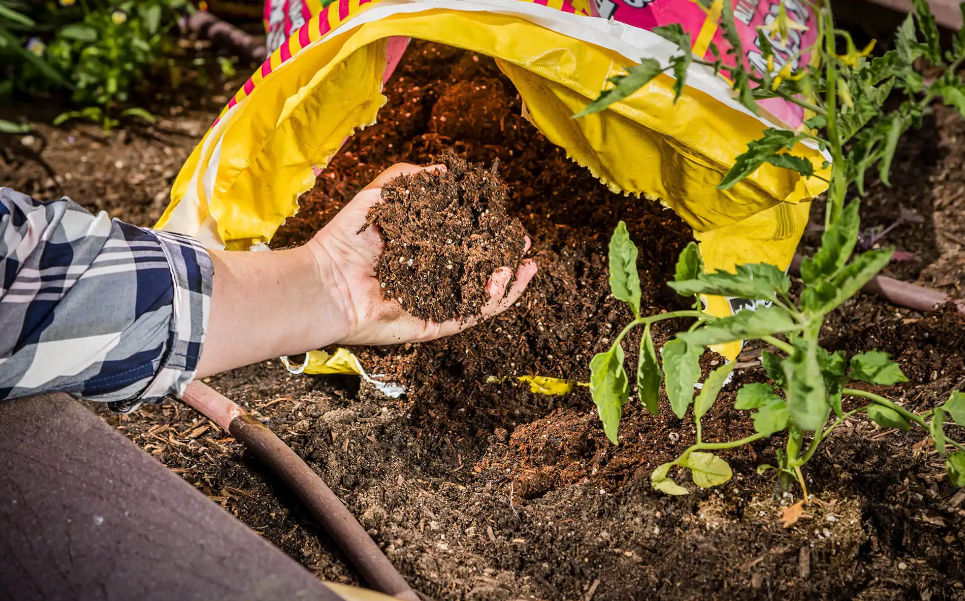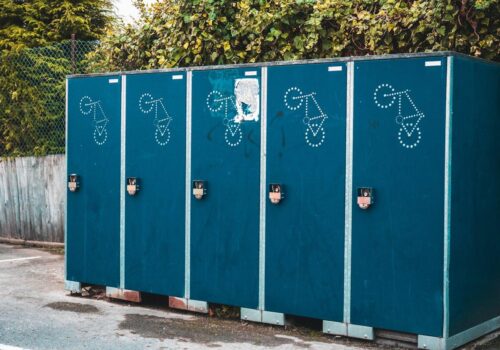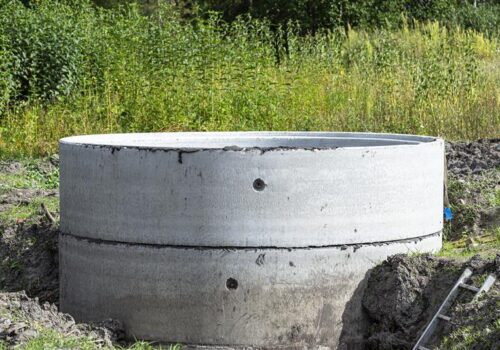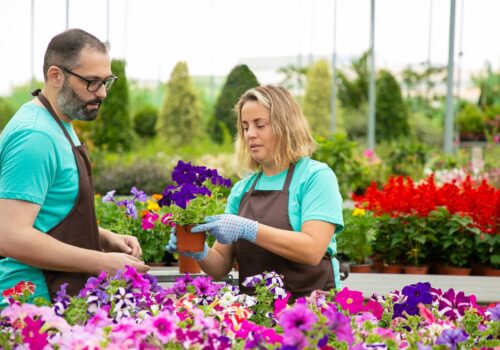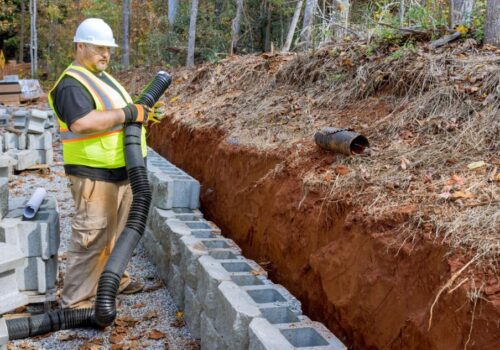The Ultimate Guide to Choosing the Right Garden Soil
A thriving garden begins at ground level. The success of your green sanctuary largely depends on the quality of the earth in which your plants grow. Thus, understanding and selecting the appropriate soil is paramount to the overall health and growth of your garden. This guide will walk you through the process of choosing the right garden soil.
Understanding Soil Types
Primarily, there are three types: sandy, clay, and loamy. Each type has its own set of characteristics, benefits, and drawbacks. Sandy soil, for instance, is excellent for drainage but may lack sufficient nutrients. Clay soil holds nutrients well but drains poorly, while loamy soil strikes a balance between nutrient content and drainage.
Evaluating Your Garden’s Needs
The next step is to evaluate what your garden needs. Different plants have different requirements in terms of soil type and nutrient content. For instance, root vegetables like carrots and radishes thrive in sandy soil, while most flowering plants prefer loamy soil. Researching the specific needs of your plants will help you decide which type of soil to choose.
Considering Soil pH
The pH level of your soil can significantly affect your plants’ health. Most plants prefer a slightly acidic to neutral pH, but there are exceptions. Some plants, like blueberries and azaleas, prefer more acidic soil. On the other hand, plants like clematis and lilacs thrive in alkaline soil. You can test your soil’s pH using a home testing kit and adjust it accordingly with lime (to raise pH) or sulphur (to lower pH).
The Role of Concrete Retaining Walls
In some gardens, especially those on a slope, concrete retaining walls can play a significant role in soil management. These structures help prevent soil erosion, maintain an even ground level, and can be filled with the ideal garden soil for your plants.
Making the Final Decision
With so many factors to consider, choosing the right soil may seem overwhelming. However, remember that gardening is a learning process. You might not get it perfect the first time, but with research, observation, and a bit of trial and error, you’ll eventually find the best fit for your garden.
Conclusion
Choosing the right garden soil is more than just a random selection. It’s about understanding your garden, the needs of your plants, and how different soil characteristics can influence their growth. With careful consideration and a bit of knowledge, you can create a thriving garden that will serve as a testament to your green thumb.

